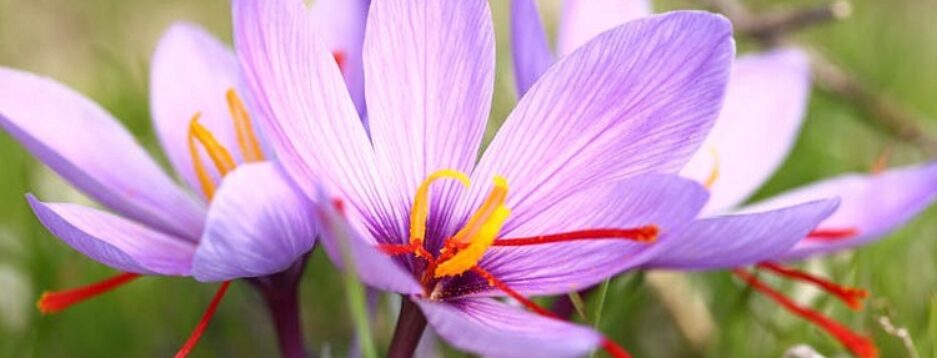Contributing to an Open Digital Collection in Order to Achieve a Greater Understanding of Our Urban Areas One Plant Specimen at A Time
Muhlenberg College has just completed a major effort to make its herbarium collection and associated data available on an open platform. This is part of the The Mid-Atlantic Megalopolis (MAM) Project, an NSF funded program with the objective of digitizing an estimated 700,000 herbarium specimens from eleven institutions in the urban corridor from New York City to Washington, D.C.; and to make that data available to the public. Muhlenberg College with its more than 50,000 specimen herbarium with some samples that dating back over 100 years is one of these institutions.
As the largest, oldest, and most populated urban corridor in the U.S., the MAM and its flora present a unique opportunity for the study of urbanization, particularly given its rich herbarium collections, containing specimens collected over the last 400 years. The data mobilized and shared openly in this effort will help us achieve a better scientific understanding of living urban systems, a critical need for urban planners, restoration ecologists, environmental engineers, (landscape) architects, and conservationists engaged in creating more sustainable and better designed cities, including the constructed and restored natural environments of our urban areas.

The Muhlenberg College Herbarium has been a hidden treasure for decades. The collection primarily consists of samples taken from the Lehigh Valley, PA particularly Lehigh and Northampton Counties. These areas have gone through massive urbanization and development over the last 50 years such that many of the collection sites have been radically transformed. This has imperiled many of the plants many of which are now locally threatened or endangered including some at state and federal levels.

According to the Lehigh Valley Planning Commission the combined population of Lehigh and Northampton counties will rise 26% from 647,232 in 2010 to more than 813,000 people by 2040. Much of this will be in and along the perimeter of the existing urban corridor of Allentown, Bethlehem and Easton where much of the herbarium samples come from. Thus this collection and the digital database can play an important role in guiding local development and restoration efforts.
Samples of the Muhlenberg College Herbarium were primarily collected by R.L. Schaeffer, Botanist and Professor of Biology from 1954 to 1992. The collection also includes much older samples from the early 1900s collected by Harold W. Pretz and Bayard Long. Sadly, as research agendas have changed, space for such collections has becomes limited and samples have been lost. This threat to museum collections make this digitization project so vital. The Muhlenberg Collection was not immune to this threat as the space allocate to the herbarium was cut by 60%. This necessitated the elimination of the nearly 30,000 of the once 70,000 plus specimens. However, care was taken to remove only duplicates and all of the data cards with collection date and location were saved. We are currently in the process of building a database that will include this information and we will provide open access to it.
Muhlenberg students in collaboration with Botanists at the University of Pennsylvania’s Morris Arboretum have been leading the digitization effort (coincidentally both Schaeffer and I received our doctorates from Penn). Students bar coded each sample, then using a Photo-e-Box took digital images of the samples that were electronically transferred to Penn and placed in the open database. The process is pictured in the photographs below.



During the summer of 2018, we began using geolocation to narrow down sites where plants that are currently threatened or extinct were collected with the goal of either locating those species or identifying the cause responsible for endangering these plants.
Starting in 2019 we started using herbarium specimens to examine how climate change has influenced flowering time as described in the video below.
These projects reflect the large potential of herbaria to increase our understanding of global change biology. It is also a great example of open source data, and was part of my work with the Muhlenberg College Faculty Learning Group on Open Scholarship #open
-Rich Niesenbaum
You can access the digital collections here.
